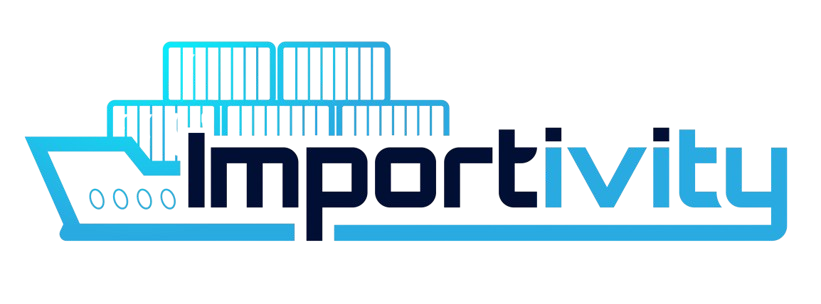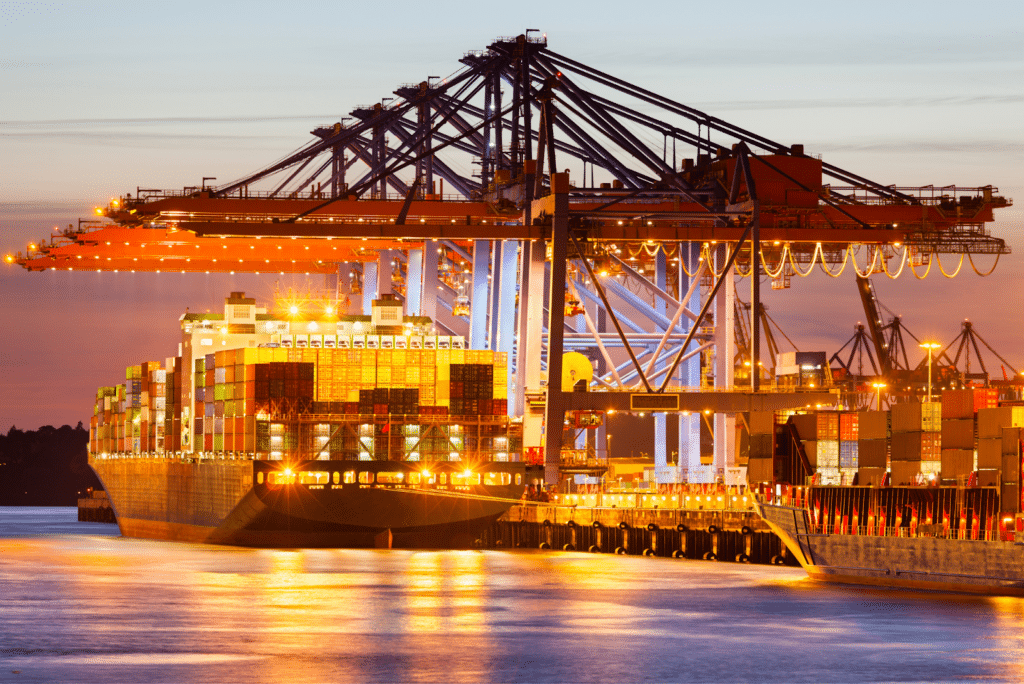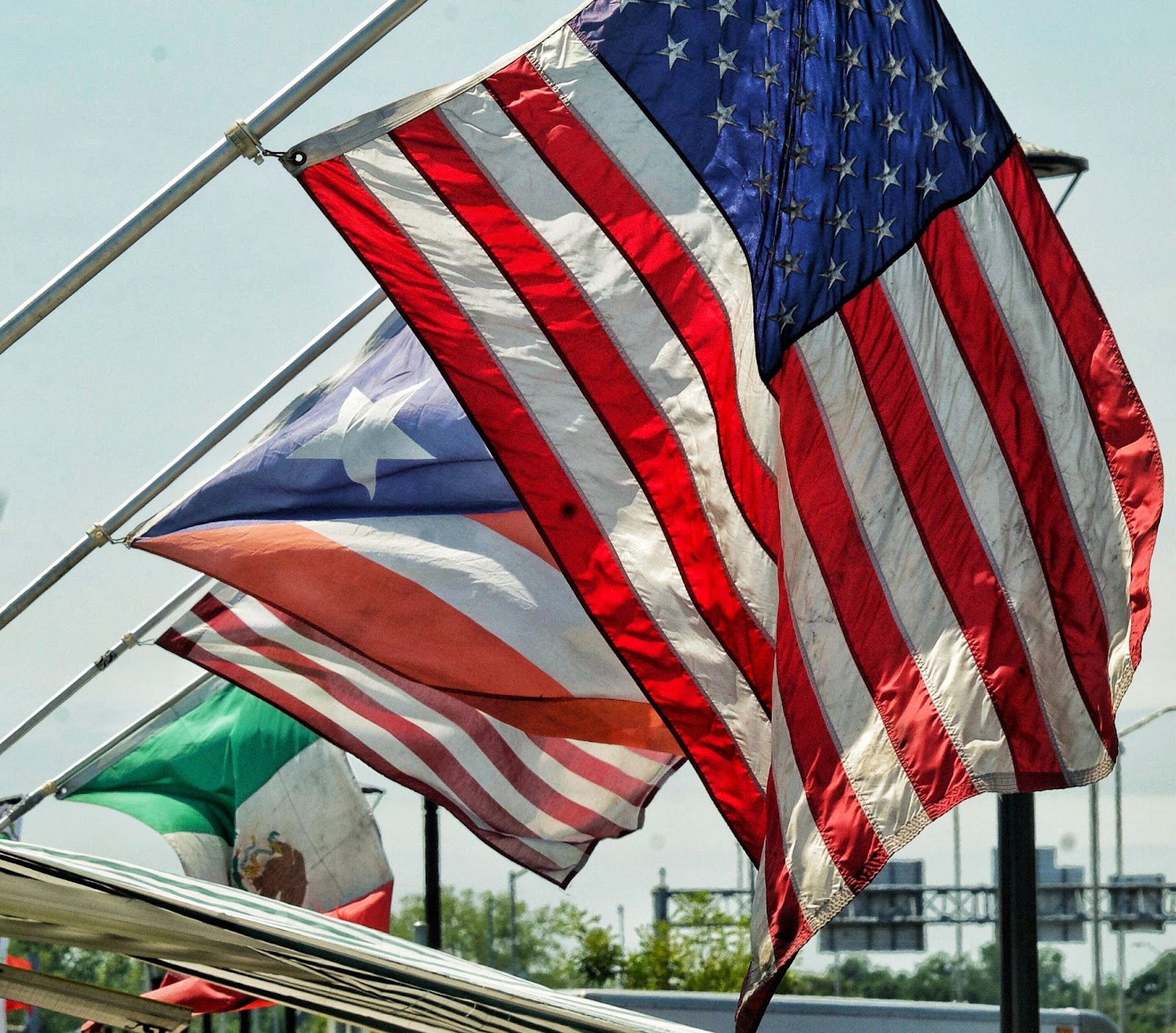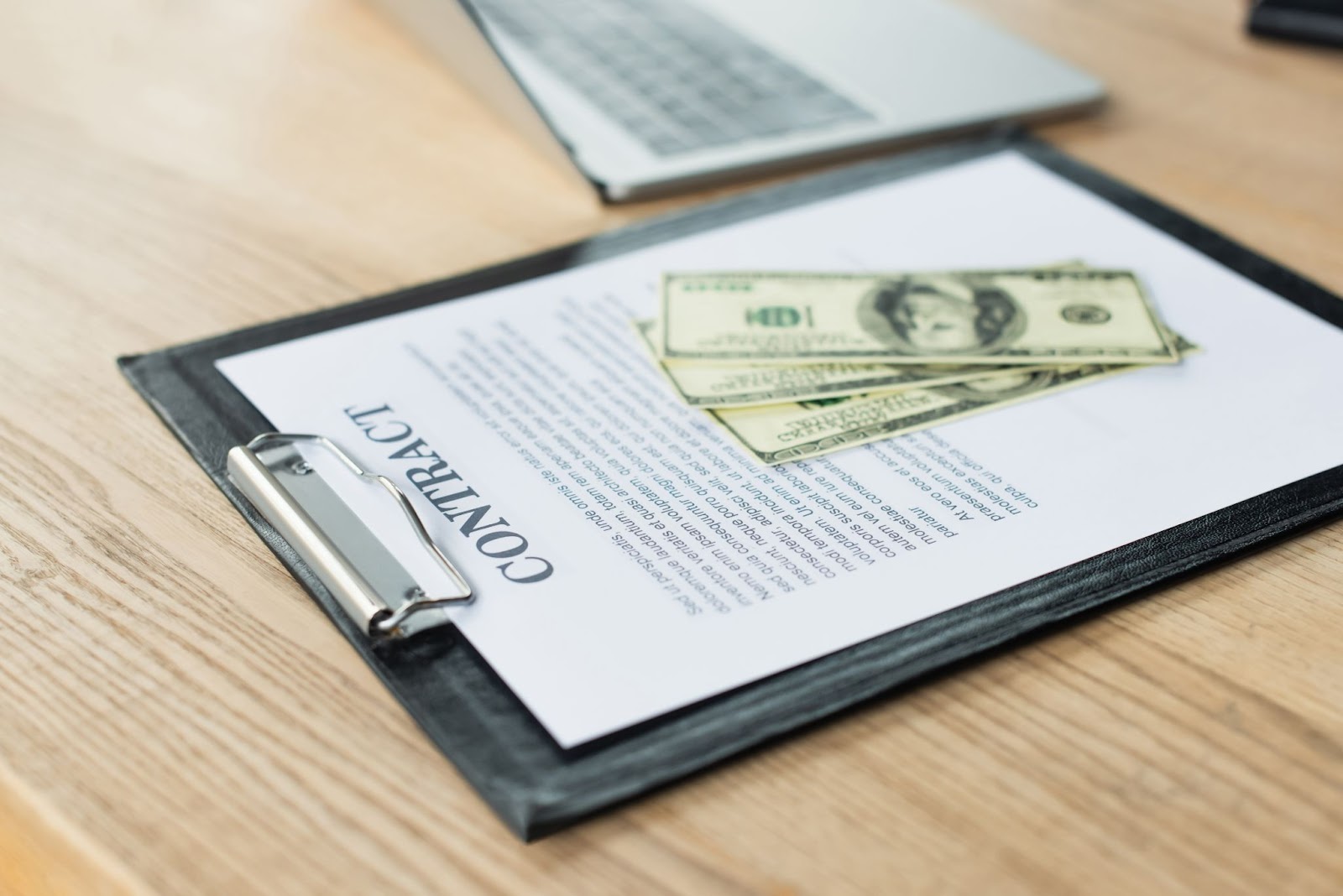Navigating the complexities of international product sourcing has become increasingly challenging with the reintroduction of tariffs under President Donald Trump’s administration. These tariffs, aimed at reducing the U.S. trade deficit and encouraging domestic manufacturing, have significant implications for businesses relying on imported goods. Understanding and adapting to these changes is crucial for maintaining profitability and supply chain efficiency.
Understanding the Impact of Trump’s Tariffs
In his second term, President Trump has implemented substantial tariffs on imports, particularly targeting countries like China, Canada, and Mexico. For instance, tariffs on Chinese goods have been raised to as high as 60%, affecting a wide range of products from electronics to textiles. Similarly, imports from Canada and Mexico now face a 25% tariff, disrupting established trade relationships and supply chains.
These measures have led to increased costs for U.S. importers, prompting many to reevaluate their sourcing strategies. Companies are now faced with the challenge of mitigating these additional expenses while maintaining the quality and availability of their products.
Strategies to Navigate the Tariffs
To effectively manage the impact of these tariffs, businesses can consider the following strategies:
1. Diversify Supply Chains
Relying heavily on a single country for sourcing can be risky in the current trade environment. Diversifying suppliers across different countries can help mitigate the impact of country-specific tariffs. For example, companies like Steve Madden have reduced their reliance on Chinese manufacturing by sourcing from countries like Cambodia and Vietnam.
2. Utilize Free Trade Zones (FTZs)
FTZs allow companies to import goods, assemble or manufacture products, and then export them without incurring certain duties and taxes. This can be a strategic way to reduce costs associated with tariffs.
3. Leverage Duty Drawback Programs
Duty drawback programs enable importers to obtain refunds on duties paid for imported goods that are later exported. This can be particularly beneficial for businesses involved in re-exporting products. It’s important to note that while Section 301 duties are eligible for drawback, antidumping and countervailing duties are not.
4. Engage in Tariff Engineering
Modifying products or their manufacturing processes to qualify for lower tariff classifications is known as tariff engineering. By understanding the Harmonized Tariff Schedule and designing products accordingly, companies can legally reduce tariff liabilities. This requires a thorough analysis of product classifications and applicable regulations.
5. Renegotiate Supplier Contracts
Reviewing and renegotiating contracts with suppliers can help distribute the burden of increased tariffs. This may involve negotiating better pricing, sharing tariff costs, or adjusting payment terms to improve cash flow. Clear communication with suppliers about the challenges posed by tariffs can lead to mutually beneficial arrangements.
How Importivity Can Assist
At Importivity, we specialize in helping businesses navigate the complexities of international sourcing, especially in the face of changing trade policies. Our services include:
- Product Sourcing: We connect you with reliable manufacturers across various countries, reducing dependence on any single market.
- Private and White Label Services: Our team assists in finding manufacturers, managing design, production, and logistics, ensuring your products meet quality standards while optimizing costs.
- Consulting Services: We provide expert advice on supply chain management, helping you implement strategies like tariff engineering and duty drawback programs effectively.
By partnering with Importivity, you can develop a resilient sourcing strategy that minimizes the impact of tariffs and maintains your competitive edge.
Takeaways
The reimplementation of tariffs under President Trump’s administration presents significant challenges for businesses engaged in international product sourcing. However, by adopting strategic measures such as diversifying supply chains, utilizing FTZs, leveraging duty drawback programs, engaging in tariff engineering, and renegotiating supplier contracts, companies can navigate these obstacles effectively. Importivity stands ready to support your business in implementing these strategies, ensuring continuity and growth in a dynamic trade environment.
Frequently Asked Questions
1. What are the recent changes in U.S. tariffs under President Trump?
President Trump has increased tariffs on imports from several countries, including a 60% tariff on Chinese goods and a 25% tariff on imports from Canada and Mexico.
2. How can diversifying supply chains help mitigate tariff impacts?
By sourcing products from multiple countries, businesses can reduce reliance on any single market, thereby minimizing the risk associated with country-specific tariffs.
3. What is tariff engineering, and how can it benefit my business?
Tariff engineering involves modifying products or their manufacturing processes to qualify for lower tariff classifications, legally reducing tariff liabilities.
4. How do duty drawback programs work?
Duty drawback programs allow importers to obtain refunds on duties paid for imported goods that are later exported, helping to recover costs associated with tariffs.
5. How can Importivity assist in navigating these tariff challenges?
Importivity offers services like product sourcing, private and white label services, and consulting to help businesses develop resilient sourcing strategies and effectively manage the impact of tariffs.




